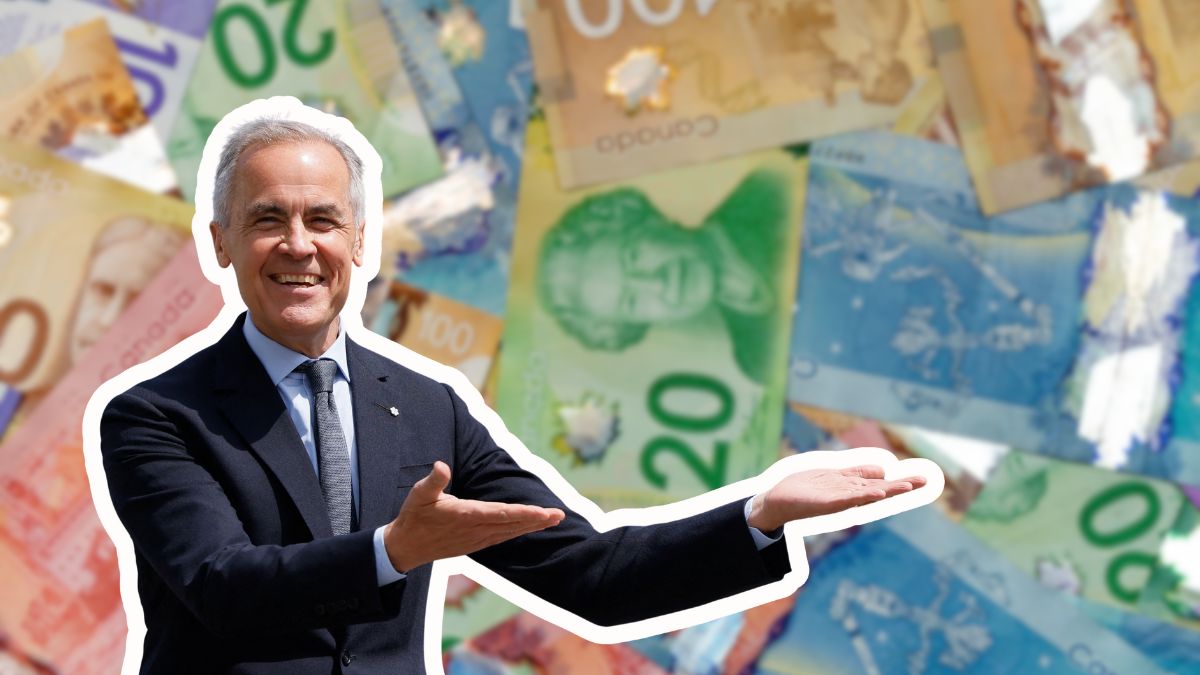As of March 2025, the federal government officially ended its carbon pricing rebate program. But for many Canadians, final payments are still arriving—and they’re more substantial than ever. Understanding how much you’ll receive, who qualifies, and what the program’s closure means can help you close out this chapter with confidence.
What’s Behind the Carbon Rebate?
Canada’s Carbon Rebate—once called the Climate Action Incentive Payment (CAIP)—returned a portion of carbon pricing costs directly to households. It launched in 2019 and was paid quarterly to alleviate rising fuel and energy expenses tied to Canada’s carbon pollution pricing. The program included a base amount plus a rural supplement—intended to ease the burden on rural and remote households relying more heavily on gas and heating fuels ([Government of Canada][1], [Carbon Credits][2]).
2025: Last Chapter, Largest Rebate
In April, the final carbon rebate payments began arriving for those who filed their 2024 tax return—typically around April 22, 2025 ([MoneySense][3]).
Residents in eligible provinces (AB, SK, MB, ON, NB, NS, NL, and PEI) received substantial payouts—for example, a family of four in Alberta could receive \$1,800 annually, or \$450 per quarter, before rural supplements ([climateactionmuskoka.org][4]).
Who Gets It? Eligibility Breakdown
To qualify:
- Must reside in a participating province
- Be at least 19 years old (or meet exceptions such as having a spouse or child) ([Benefits Wayfinder][5], [Government of Canada][1])
- File a 2024 tax return by early April 2025 to receive the final rebate ([MoneySense][3])
Eligibility included parents with children under 19 living with them or dependents, and only one adult per household received the rebate ([Government of Canada][1]).
How Much Did You Get? 2024–2025 Listings
Here’s the quarterly base payout and rural supplement rates:
- Alberta: \$225 per adult, \$112.50 per spouse, \$56.25 per child—rural bonus adds 20% ([Government of Canada][6])
- Manitoba: \$150 / \$75 / \$37.50 per person, with 20% rural boost
- Ontario: \$140 / \$70 / \$35 per person, plus rural supplement
- Saskatchewan: \$188 / \$94 / \$47 per person, plus rural top-up
- New Brunswick: \$95 / \$47.50 / \$23.75 per person, with 20% added for rural
- Nova Scotia: \$103 / \$51.50 / \$25.75 per person
- Prince Edward Island: Base amounts already include 20% rural bonus
- Newfoundland & Labrador: \$149 / \$74.50 / \$37.25 per person
(\$ figures per quarter unless otherwise noted) ([Government of Canada][6], [climateactionmuskoka.org][4])
Annual totals rose to as high as \$1800 for a family of four in Alberta, with rural households receiving up to \$2160 ([climateactionmuskoka.org][4]).
Why Did the Program End?
On March 15, 2025, Prime Minister Mark Carney formally terminated the consumer fuel charge and the corresponding rebate program. That means no more quarterly payments after the upcoming distributions ([Government of Canada][7]).
Reasons cited include policy changes to carbon pricing and shifts toward other emission reduction strategies.
The Impact: For Households and the Planet
Though the final rebate marks the program’s end, it leaves a legacy of financial relief and environmental action. According to government analysis and the Parliamentary Budget Office, around 80% of households received more in rebates than they paid in carbon taxes ([climateactionmuskoka.org][4]).
This approach embodied the principle of dividend-based carbon pricing—holding polluters responsible while protecting vulnerable households.
What Residents Should Do Next
- Watch your bank or mailbox: April’s payout should have arrived by now.
- Check CRA My Account for confirmation.
- If you didn’t receive it but qualify, reach out to CRA to resolve any issue.
- Going forward, explore provincial or municipal climate incentives, as this federal rebate has ended.
FAQs (SEO-Optimized)
Q1: When was the last Canada Carbon Rebate issued?
A: The final payment began around April 22, 2025, based on your 2024 tax return. ([MoneySense][3], [Wikipedia][8])
Q2: How much could a family of four receive?
A: In Alberta, up to \$1800 annually or \$450 per quarter, plus rural supplements. ([climateactionmuskoka.org][4])
Q3: Did rural residents receive more?
A: Yes. A 20% rural bonus applied for qualifying small or remote communities. ([Government of Canada][9], [climateactionmuskoka.org][4])
Q4: Do I need to apply for the rebate?
A: No. It’s automatic if you filed a 2024 return and meet residency and age criteria. ([Benefits Wayfinder][5], [Government of Canada][1])
Q5: Will this rebate return in future years?
A: No. The federal rebate program ended as of March 2025. ([Government of Canada][7], [EY][10])






